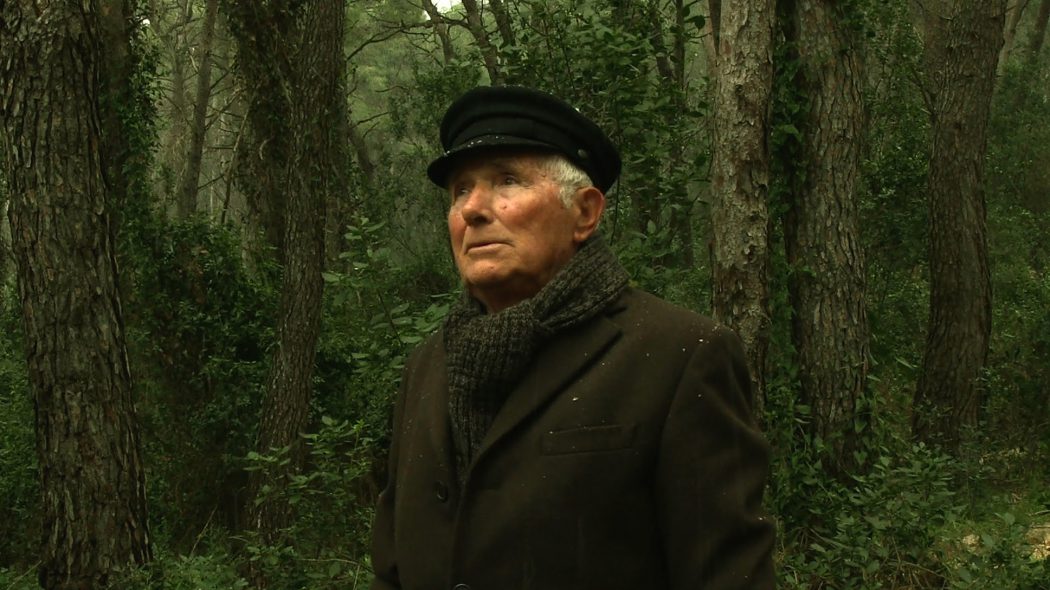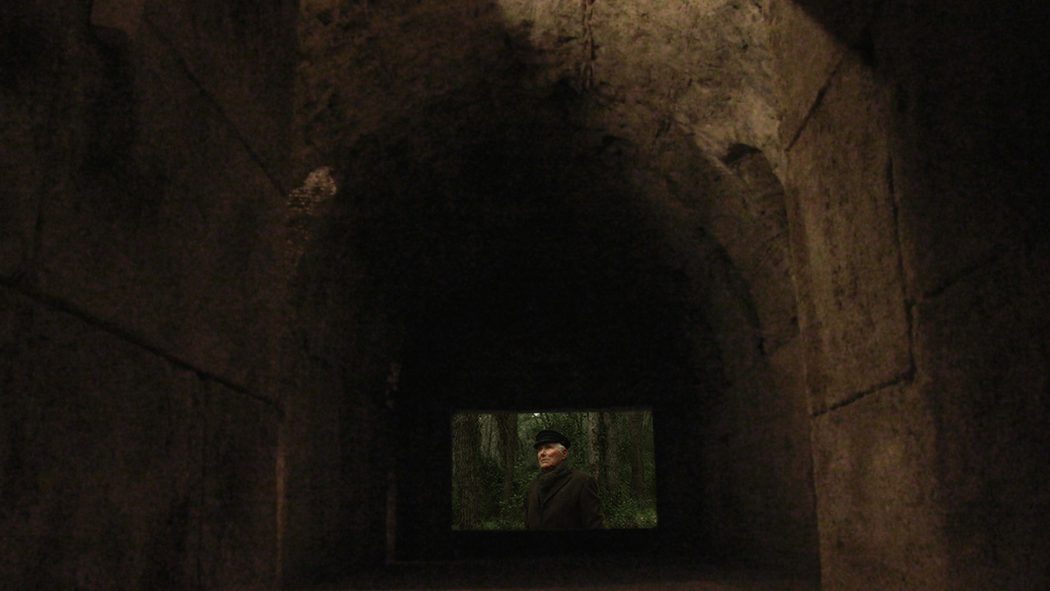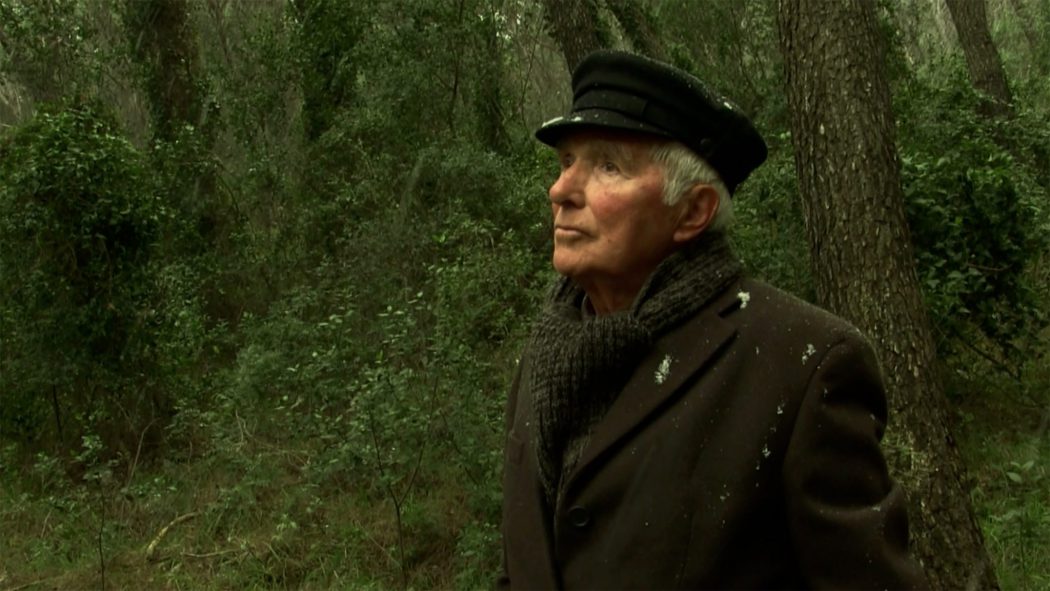In the video Wordless my father is watching the landscape on the hill Marjan. It´s snowing. After a few minutes, he starts to hum a popular song Marjane, Marjane. In the last scene, he is standing in silence. In recent history Marjan was under threat of privatization and has become the scene for the fight of public space. The video-staging reacts to the current contemporary context, but at the same time is exploring identity and intimate layers of history. Although the song Marjane, Marjane mostly alludes to a local identity, due to various political and ideological changes the final verses of this song have been changed. Melody discovers identification with the place, and the act of humming evokes repression, but also a resistance. The intimacy of the sound is the germination of a collective appeal. Silenced and unspoken words, but also ambivalence remind us of censorship as a result of ideological changes that form local identities. Foundations for the ambiguity of political statement is a direct consequence of nationalist homogenization from the 90s, and already established in socialism. As snow mutes the sounds, climate emphasizes the political dimension of the work. This video is a portrait of my father, who for forty years almost on daily base walked on Marjan hill until recent years when he was unable due to his health. He looks at the landscape, identified space and his place in it, and simultaneously reflects a sense of belonging and longing. His way of singing evokes a collective construction of territory and “a historical narrative that is recorded in the landscape and place.”1
Lipard, R. Lucy The Lure of the Local. Sense of Place in Multicentered Society, Nueva York: The New Press, 1997 p. 7. ↩



